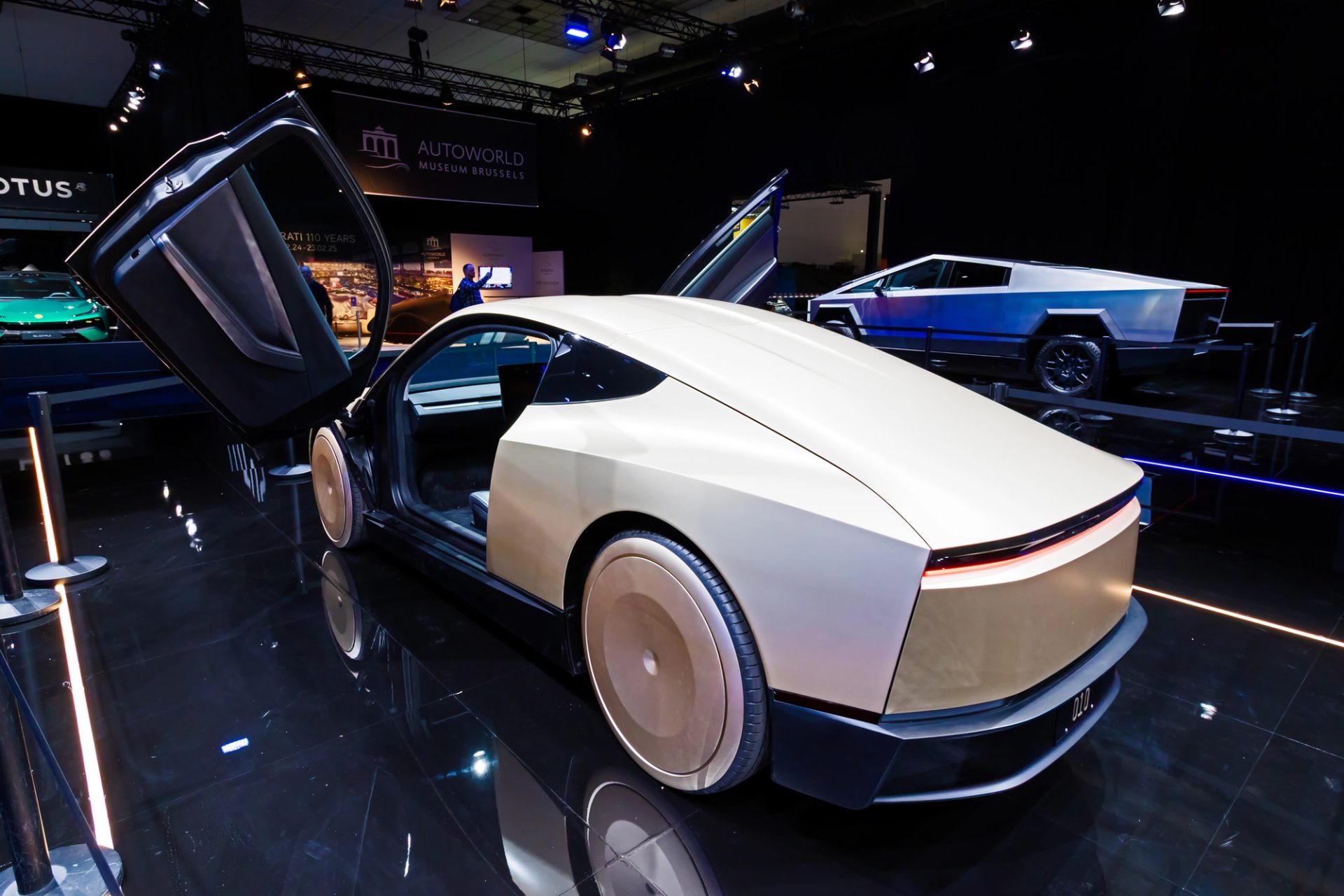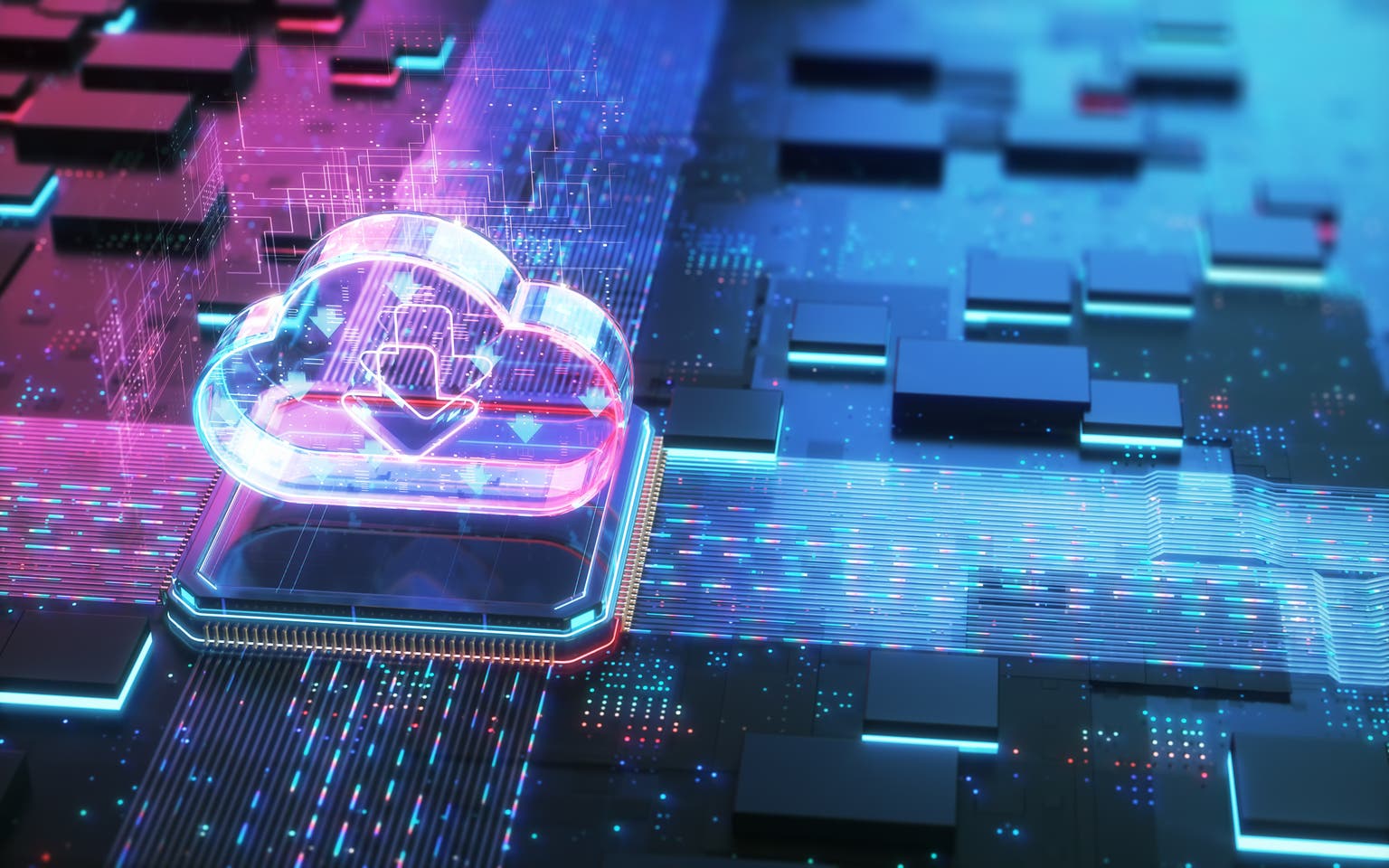Tesla Robotaxi Faces Sunlight Challenge: Report Highlights 'Phantom Braking' Concerns

Tesla's highly anticipated Robotaxi is generating significant buzz, but a newly released report has raised concerns about a potential Achilles' heel: its performance in direct sunlight. The report details instances of 'phantom braking,' a disconcerting issue where the vehicle unexpectedly applies the brakes for no apparent reason, potentially posing a safety risk.
What's the Issue? The core of the problem seems to stem from Tesla's Autopilot and Full Self-Driving (FSD) systems struggling to accurately interpret visual data when exposed to bright sunlight. The sensors, particularly the cameras, appear to be overwhelmed, leading to misinterpretations of the environment. This can trigger the 'phantom braking' phenomenon, where the car abruptly slows down or brakes without a clear obstruction.
Beyond Phantom Braking: Other Sunlight-Related Challenges The report goes beyond just phantom braking. It suggests that sunlight glare can also impact the vehicle's ability to detect lane markings, traffic signals, and other crucial elements for safe navigation. This could lead to veering, missed turns, and other potentially dangerous situations.
How Tesla's System Works & Why Sunlight is a Problem Tesla's Autopilot and FSD systems heavily rely on a network of cameras to perceive the world around the vehicle. These cameras feed data to a powerful computer that uses artificial intelligence to make driving decisions. However, traditional camera technology is known to struggle with high-contrast situations like direct sunlight. The intense brightness can saturate the sensors, making it difficult to distinguish objects and features. While Tesla has implemented some strategies to mitigate this, the report suggests these measures haven't been entirely successful.
Real-World Examples & Test Results The report cites numerous real-world examples and test results where Tesla vehicles exhibited erratic behavior in sunny conditions. These incidents highlight the potential dangers of relying on autonomous driving technology that isn't consistently reliable across all environmental conditions. The findings are particularly concerning given the Robotaxi's intended role as a fully autonomous ride-hailing vehicle, which would be operating in diverse weather and lighting scenarios.
Tesla's Response & Future Solutions Tesla has yet to officially respond to the specific findings of this report. However, the company has consistently stated its commitment to improving the safety and reliability of its Autopilot and FSD systems. Potential solutions could include:
- Improved Camera Technology: Utilizing cameras with better dynamic range and sun visors to reduce glare.
- Sensor Fusion: Integrating radar and lidar data to supplement camera information, providing a more robust perception system.
- Advanced AI Algorithms: Developing AI algorithms that are more resilient to challenging lighting conditions.
Implications for the Robotaxi and Autonomous Driving in General The 'phantom braking' issue and the broader challenges posed by direct sunlight underscore the complexities of developing truly reliable autonomous driving systems. The Robotaxi's success hinges on its ability to operate safely and predictably in all conditions. This report serves as a reminder that there's still significant work to be done before fully autonomous vehicles can be widely deployed on public roads. Consumers and regulators alike will be closely watching how Tesla and the broader industry address these critical challenges.






